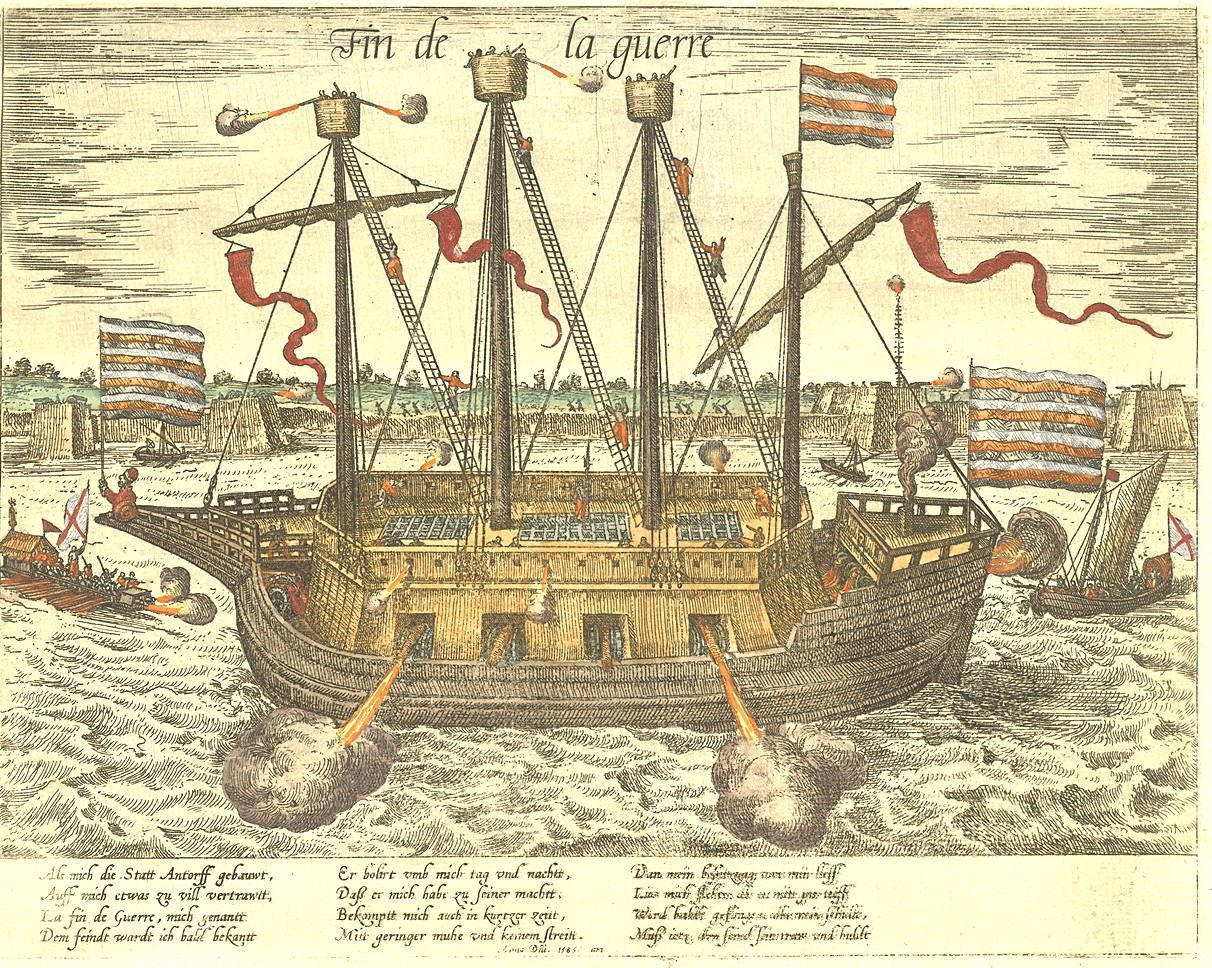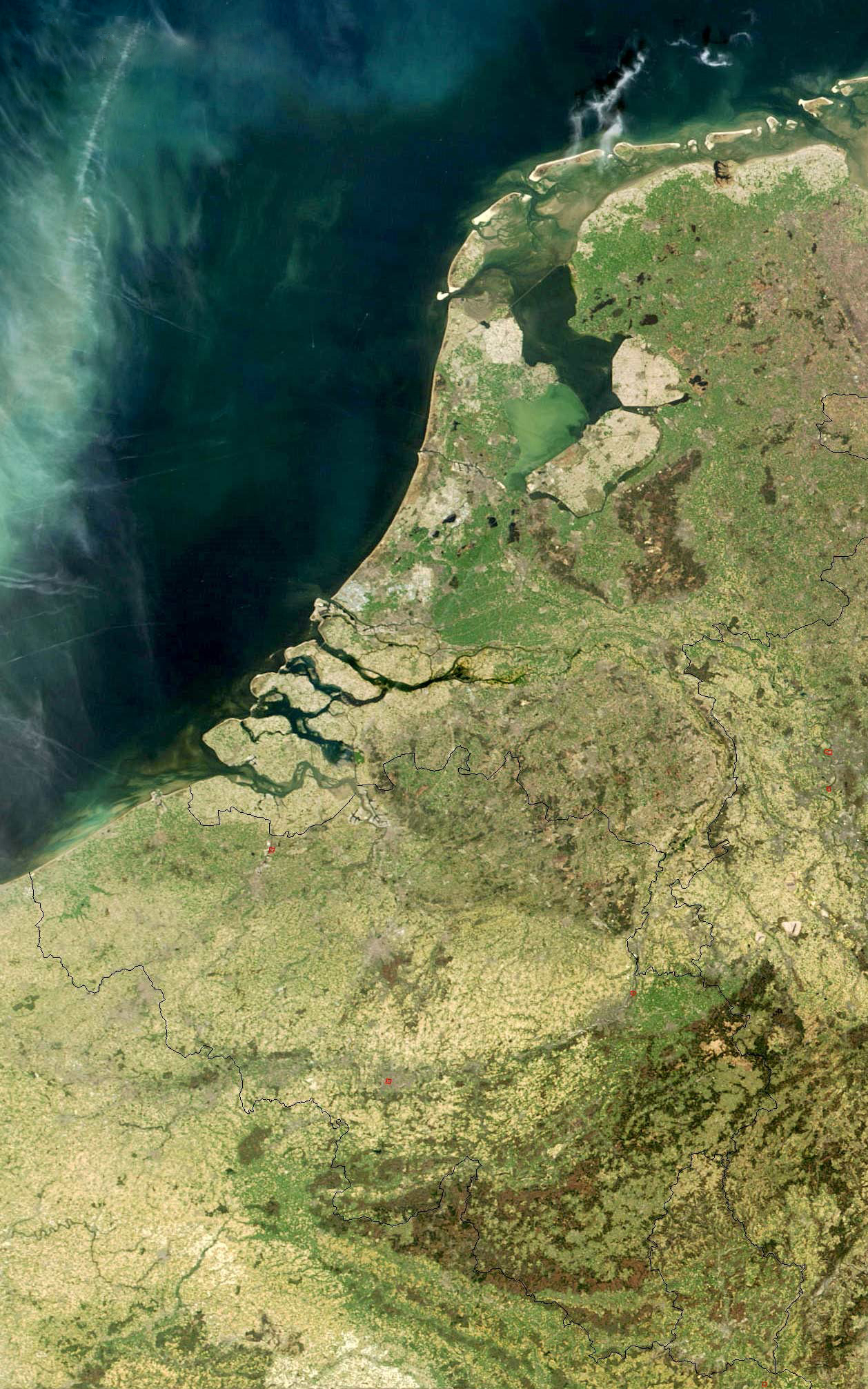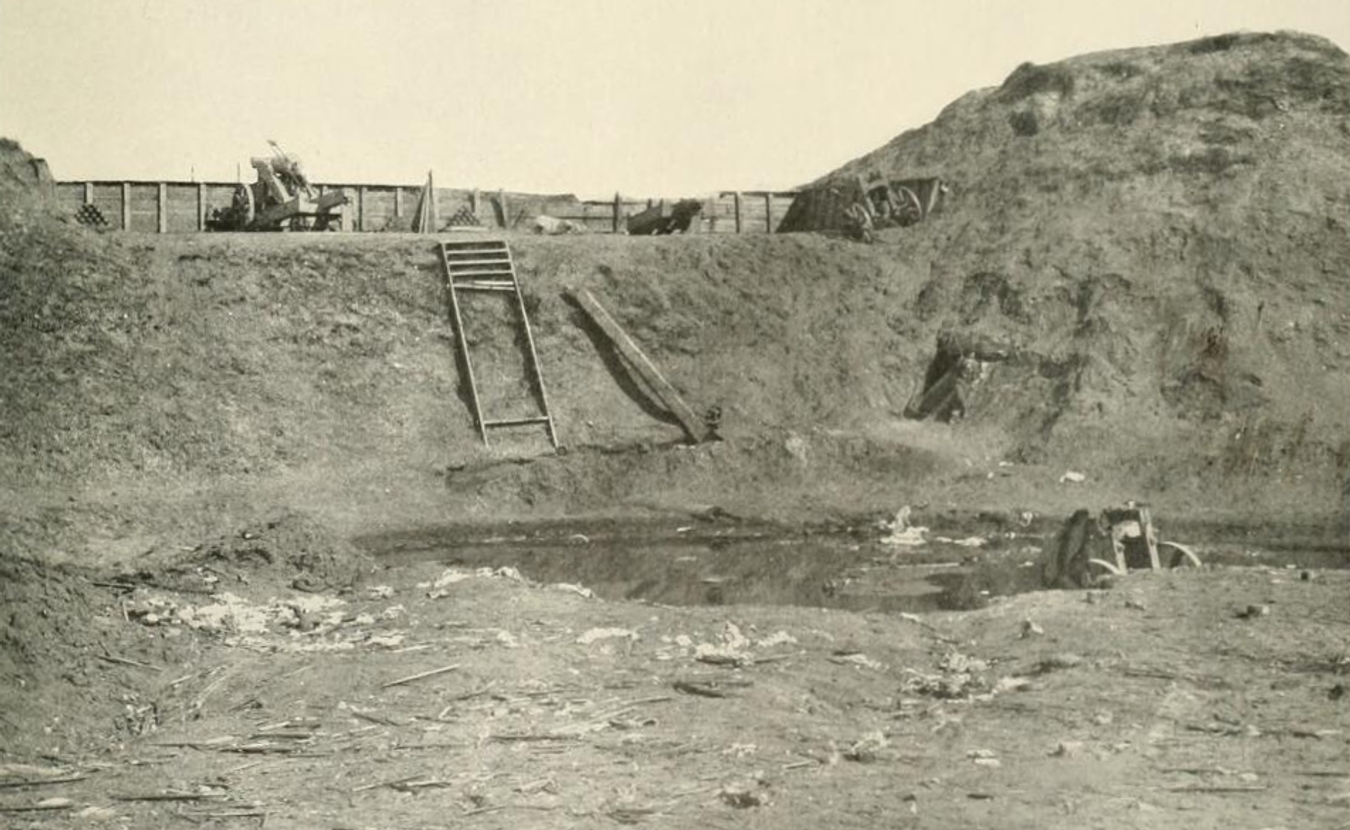|
Fall Of Antwerp
The fall of Antwerp ( ) on 17 August 1585 took place during the Eighty Years' War, after a siege lasting over a year from July 1584 until August 1585. The city of Antwerp was the focal point of the Protestant-dominated Dutch Revolt, but was forced to surrender to the Spanish forces under the command of Alessandro Farnese. Under the terms agreed, all the Protestants of Antwerp were given four years to settle their affairs and leave the city. Many migrated north, especially to Amsterdam. Apart from losing a high proportion of its middle class and mercantile population, Antwerp's trade suffered for two centuries afterwards as Dutch forts blockaded the River Scheldt until 1795. Background At the time Antwerp, in modern Belgium, was not only the largest Dutch city, but was also the cultural, economic, and financial centre of the Seventeen Provinces and of Northwestern Europe. On 4 November 1576, unpaid Spanish soldiery mutinied: they plundered and burnt the city during what was ca ... [...More Info...] [...Related Items...] OR: [Wikipedia] [Google] [Baidu] |
Eighty Years' War
The Eighty Years' War or Dutch Revolt (; 1566/1568–1648) was an armed conflict in the Habsburg Netherlands between disparate groups of rebels and the Spanish Empire, Spanish government. The Origins of the Eighty Years' War, causes of the war included the Reformation, Centralised state, centralisation, excessive taxation, and the rights and privileges of the Dutch nobility and cities. After Eighty Years' War, 1566–1572, the initial stages, Philip II of Spain, the sovereign of the Netherlands, deployed Army of Flanders, his armies and Eighty Years' War, 1572–1576, regained control over most of the rebel-held territories. However, Spanish Fury, widespread mutinies in the Spanish army caused a general uprising. Under the leadership of the exiled William the Silent, the Catholic and Protestant-dominated provinces sought to establish religious peace while jointly opposing the king's regime with the Pacification of Ghent, but the Eighty Years' War, 1576–1579, general rebelli ... [...More Info...] [...Related Items...] OR: [Wikipedia] [Google] [Baidu] |
Low Countries
The Low Countries (; ), historically also known as the Netherlands (), is a coastal lowland region in Northwestern Europe forming the lower Drainage basin, basin of the Rhine–Meuse–Scheldt delta and consisting today of the three modern "Benelux" countries: Belgium, Luxembourg, and the Netherlands (, which is singular). Geographically and historically, the area can also include parts of France (such as Nord (French department), Nord and Pas-de-Calais) and the Germany, German regions of East Frisia, Geldern, Guelders and Cleves. During the Middle Ages, the Low Countries were divided into numerous semi-independent principalities. Historically, the regions without access to the sea linked themselves politically and economically to those with access to form various unions of ports and hinterland, stretching inland as far as parts of the German Rhineland. Because of this, nowadays not only physically low-altitude areas, but also some hilly or elevated regions are considered part of ... [...More Info...] [...Related Items...] OR: [Wikipedia] [Google] [Baidu] |
Caspar De Robles
Gaspar de Robles (1527, Madrid, Spain – 1585, Antwerp) was Stadholder of Friesland and Groningen at the beginning of the Eighty Years' War (reign: 1568 to 1576). Family Robles was the son of Doña María de Leyte, probably the wet nurse for Philip II of Spain, and João Lopes of Robles.Profile ; accessed 26 December 2014. In 1558 he married Jeanne de Saint-Quentin, baroness of Billy, their son was 1st Count of Annappes. They are considered to be the founders of the Flemish branch of the house and became owner of the castle and lands in in the south of [...More Info...] [...Related Items...] OR: [Wikipedia] [Google] [Baidu] |
List Of The Largest Artificial Non-nuclear Explosions
There have been many extremely large explosions, accidental and intentional, caused by modern high explosives, boiling liquid expanding vapour explosions (BLEVEs), older explosives such as gunpowder, volatile petroleum-based fuels such as petrol, and other chemical reactions. This list contains the largest known examples, sorted by date. An unambiguous ranking in order of severity is not possible; a 1994 study by historian Jay White of 130 large explosions suggested that they need to be ranked by an overall effect of power, quantity, radius, loss of life and property destruction, but concluded that such rankings are difficult to assess. The weight of an explosive does not correlate directly with the energy or destructive effect of an explosion, as these can depend upon many other factors such as containment, proximity, purity, preheating, and external oxygenation (in the case of thermobaric weapons, gas leaks and BLEVEs). For this article, explosion means "the sudden conversio ... [...More Info...] [...Related Items...] OR: [Wikipedia] [Google] [Baidu] |
Slow Match
Slow match, also called match cord, is the slow-burning cord or twine fuse used by early gunpowder musketeers, artillerymen, and soldiers to ignite matchlock muskets, cannons, shells, and petards. Slow matches were most suitable for use around black-powder weapons because a slow match could be roughly handled without going out, and only presented a small glowing tip instead of a large flame that risked igniting nearby gunpowder. Slow match of various types was one of the first kinds of artillery fuse. Slow matches were also used in the drilling and blasting of rock to ignite charges of gunpowder. Design and use The slow match attached to the lock of the matchlock gun was usually a length of hemp or flax cord that had been chemically treated to make it burn slowly and consistently for an extended period. In Japan, however, match cord was made from braiding together strands of bark from the Japanese cypress. The rate of burning was approximately 1 ft (305mm) per ... [...More Info...] [...Related Items...] OR: [Wikipedia] [Google] [Baidu] |
Federigo Giambelli
Federigo Giambelli (or Gianibelli; also given as Genebelli or Genibelli in contemporary English texts), was an Italian military and civil engineer who worked in Spain, the Spanish Netherlands and England in the late 16th and early 17th centuries. Early life and Spanish service Giambelli was born at Mantua about the middle of the 16th century. Having had some experience as a military engineer in Italy, he went to Spain to offer his services to Philip II. However, his proposals were given a lukewarm reception, and as he could obtain no immediate employment from the king, he moved to Antwerp, where he soon gained considerable reputation for his knowledge in various departments of science. He is said to have married while living there. The Siege of Antwerp Giambelli is said to have sworn vengeance for his rebuff at the Spanish court; and when Antwerp was besieged by Alexander Farnese, Duke of Parma in 1584, he offered his services to Elizabeth I of England, who, having satisfied he ... [...More Info...] [...Related Items...] OR: [Wikipedia] [Google] [Baidu] |
Hellburners
Hellburners ( Dutch: ''hellebranders''), also known as explosion ships or Antwerp fire, were a pair of specialised explosive fireships built and fielded by the defending Dutch rebels in the Fall of Antwerp (1584–1585), part of the Eighty Years' War against the Habsburgs. The hellburners functioned as extremely powerful floating bombs and did immense damage to the Spanish besiegers, leaving a lasting impression on the Spanish sailors as to the fireship capabilities of their enemies. Hellburners have been described as an early form of weapons of mass destruction. First use against Antwerp ship bridge The hellburners were constructed by the Italian engineer Federigo Giambelli, who had been hired and subsidised by Elizabeth I of England, unofficially supporting the rebels, to assist the city. In the winter of 1585, Antwerp was besieged by the army of Alexander Farnese, the commander of the Habsburg forces in the Spanish Netherlands, who had constructed a ship bridge over the Riv ... [...More Info...] [...Related Items...] OR: [Wikipedia] [Google] [Baidu] |
Fort Lillo
Fort Lillo is a former military fort built as part of the Antwerp Defence Line on the right bank of the Schelde, and completely surrounded by the industrial port of Antwerp. History Built between 1579–82 on the orders of William the Silent to defend Antwerp, in 1809 during the Napoleonic Wars the fort was attacked by the British while under occupation by the forces of Napoleon. Along with Fort Liefkenshoek on the opposite bank of the Scheldt, these heavily armed defences proved a formidable obstacle to attacking forces. Of the three towns that formerly comprised the village of Lillo, Fort Lillo is the only one to survive, the other two - Oud Lillo (lit. "Old Lillo") and Lillo-Kruisweg (lit. "Lillo Crossroads") were evacuated in 1958 then demolished and razed to allow the expansion of the port of Antwerp. Fort Lillo shared the fate of three other polder A polder () is a low-lying tract of land that forms an artificial hydrology, hydrological entity, enclosed by embankmen ... [...More Info...] [...Related Items...] OR: [Wikipedia] [Google] [Baidu] |
Scheldt
The Scheldt ( ; ; ) is a river that flows through northern France, western Belgium, and the southwestern part of Netherlands, the Netherlands, with its mouth at the North Sea. Its name is derived from an adjective corresponding to Old English ("shallow"), Modern English ''shoal'', Low German , West Frisian language, West Frisian , and obsolete Swedish language, Swedish ("thin"). Course The headwaters of the Scheldt are in Gouy, Aisne, Gouy, in the Aisne department of northern France. It flows north through Cambrai and Valenciennes, and enters Belgium near Tournai. Ghent developed at the confluence of the Lys (river), Lys, one of its main tributaries, and the Scheldt, which then turns east. Near Antwerp, the largest city on its banks, the Scheldt flows west into the Netherlands toward the North Sea. Originally there were two branches from that point: the Oosterschelde (Eastern Scheldt); and the Westerschelde (Western Scheldt). In the 19th century, however, the Dutch built a ... [...More Info...] [...Related Items...] OR: [Wikipedia] [Google] [Baidu] |
Spanish Road
The Spanish Road was a military road and trade route linking Spanish territories in Flanders with those in Italy. It was in use from approximately 1567 to 1648. The Road was created to support the Spanish war effort in the Eighty Years' War against the Dutch Republic. Although sending reinforcements by sea directly from Spain was much quicker, Spanish vessels sailing up the English Channel were subject to attacks by the increasingly dominant Dutch navy. It was therefore safer to assemble troops and supplies in Northern Italy, then march them overland along the length of the Road. Between 1567 and 1620, over 123,000 men were transported using this overland route, compared to only 17,600 by sea. The Road was eventually severed when France joined the Thirty Years' War in 1635 on the Dutch side. Background By 1550, conflict within the Holy Roman Empire and Italy had stretched Spain's finances thin, requiring new taxes on the wealthy provinces of the Spanish Netherlands. The resen ... [...More Info...] [...Related Items...] OR: [Wikipedia] [Google] [Baidu] |
Duchy Of Brabant
The Duchy of Brabant, a Imperial State, state of the Holy Roman Empire, was established in 1183. It developed from the Landgraviate of Brabant of 1085–1183, and formed the heart of the historic Low Countries. The Duchy comprised part of the Burgundian Netherlands from 1430 and of the Habsburg Netherlands from 1482, until it was partitioned after the Dutch revolt of 1566–1648. The 1648 Peace of Westphalia ceded present-day North Brabant () to the Generality Lands of the Dutch Republic, while the reduced duchy remained part of the Habsburg Netherlands until French First Republic , French Revolutionary forces conquered it in 1794 — a change recognized by the Treaty of Campo Formio in 1797. Today all the duchy's former territories, apart from exclaves, are in Belgium except for the Dutch province of North Brabant. Geography The Duchy of Brabant (adjective: ''wikt:Brabantian, Brabantian'' or ''wikt:Brabantine, Brabantine'') was historically divided into four parts, each with ... [...More Info...] [...Related Items...] OR: [Wikipedia] [Google] [Baidu] |





